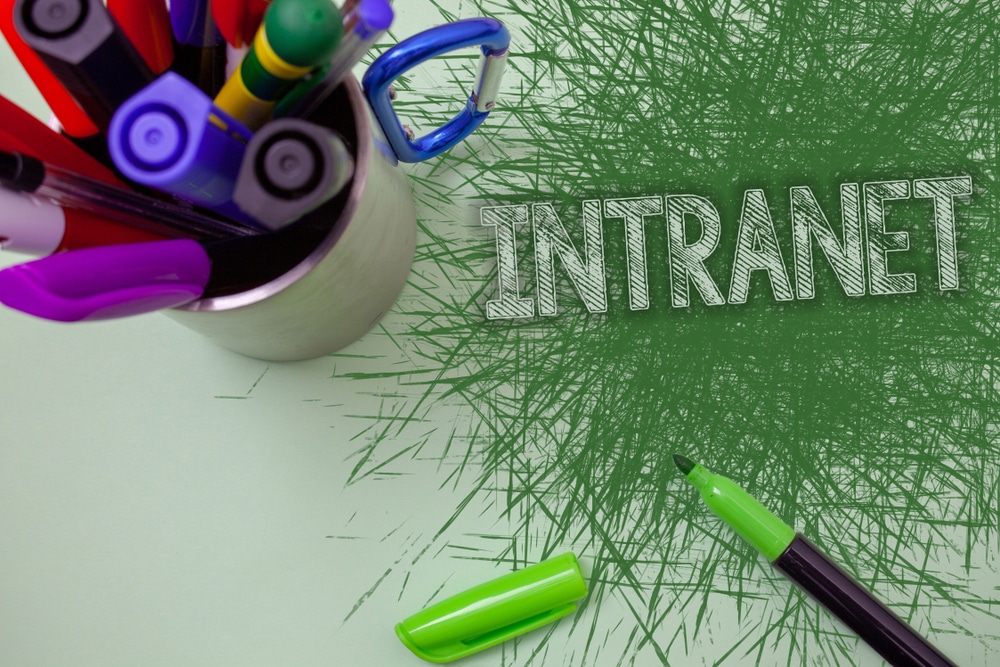In decades past, it didn’t really matter whether business executives nurtured their relationships with employees. If the company was generating a profit, all was well. Today, though, culture eats strategy for breakfast.
The way leaders connect with team members has become the marker of business success. In fact, more and more top CEOs have vowed to prioritize their people over profits. And what better mind-set is there to encourage engagement?
In this new era of remote work—and with so many forces and voices competing for employees’ attention—leaders need better ways of engaging them to boost participation, communication, and trust. But good intentions are often lost in translation when people meet through a screen.
How Employee Perceptions of the C-Suite Impact Engagement
Leaders might find themselves regularly banging their heads against the wall because of employees who just aren’t listening. Every morning, they feel like they’re reeling off a list of company values, reexplaining their strategy, or reminding employees to start using the new tool that’s supposed to help them. But from employees’ perspective, communication from the C-suite can come across very differently.
What leaders often miss is that employees are scrambling—they’re trying to complete items on their to-do list before the day is over. They’re setting time aside to make progress on tasks their leaders don’t even know about. And in truth, they have very little capacity left to check in with higher-level goals and objectives.
This cat-and-mouse game—in which leaders are desperate to engage employees and employees are desperate to get on with their work—has a draining effect on engagement.
A leader’s job is not to push messages at employees but rather to listen, ask questions that help employees visualize their goals, and clear obstacles and provide resources. Ultimately, leaders need to practice self-awareness to realize they don’t yet know what their employees truly need.
Only from this starting point of self-awareness can leaders cut through the noise of information-heavy platforms and truly engage employees. This is where a company intranet can help; after all, it taps into the advantages of technology to unite dispersed teams.
Intranet ‘Easter Eggs’ Can Loop in Employees
If you’re looking to streamline internal communication on all fronts, you can’t go wrong with a modern employee intranet platform. As long as you use it regularly and artfully, it’ll keep your band together like a drum. Plant treats for your employees to discover (Easter eggs, if you will), and they’ll log in with excitement to connect with their team. Here’s how to achieve this:
1. Understand (and post) me-first content. Me-first content is information that addresses employees’ basic needs. Hunger, boredom, nostalgia—whatever the impulse, make sure you feed it with high-quality, strategic content.
This might look like sharing photo albums during a particularly stressful week to remind employees of more carefree moments with their colleagues or sending out employee spotlights for individuals who go above and beyond.
You can also share ongoing me-first content about lesser-used company benefits (e.g., free telehealth checkups or complimentary financial seminars) and job promotion opportunities to keep employees’ most basic needs nurtured.
2. Add an element of friendly competition. While you’re trying to surpass your competitors, a little internal competition can help employees bond and motivate them to keep working hard. Crowdsource competition ideas from your employee base, and use the intranet to extend departmental games into companywide tournaments.
Use your imagination: think hosting an ugly sweater-off, a worst high school picture contest, or a video lip-sync battle. Remember that the best engagement is organic and comes from employees themselves.
3. Mix duty with fun in a rhythm that motivates. Nurturing culture through a company intranet is an artful mix of strategic communication, celebrations of success, necessary bureaucracy, and fun clickbait. When combined, these elements will give employees the clarity and motivation they need to truly participate remotely.
So limit operational updates to certain times of the day. Rather than dumping everything in a quarterly meeting, space things out. The secret lies in reliably sending out important updates—but in a way that gives employees room to breathe.
4. Make a calendar that moves. Align your editorial calendar with seasons, months, and holidays to encourage social collaboration among employees across departments and locations.
A calendar with context will draw people together and motivate them to achieve their goals in good time. Add timely treats to surprise and delight as you work. In January, for example, you might prompt employees to share New Year’s resolutions. In April, they could share the best April Fools’ Day jokes they’ve seen.
Improving digital engagement can drastically improve how employees feel and how they participate in their companies. When used creatively and strategically, technology becomes an enabler of internal communication. But this kind of communication only works if you maintain momentum. Keep beating the drum, make it continuous, make it fun, and give employees a reason to come to work in the morning—even if they’re still in their pajamas.
| Hani Khan is a content marketing manager at Simpplr, a modern employee intranet software provider that helps companies engage their workforce by transforming employee communication. The results are telling: Customers increase employee engagement, improve productivity, and reduce employee turnover. Most importantly, employees are happier and more successful. |
The post Delight Disengaged Employees with Intranet ‘Easter Eggs’ appeared first on HR Daily Advisor.
